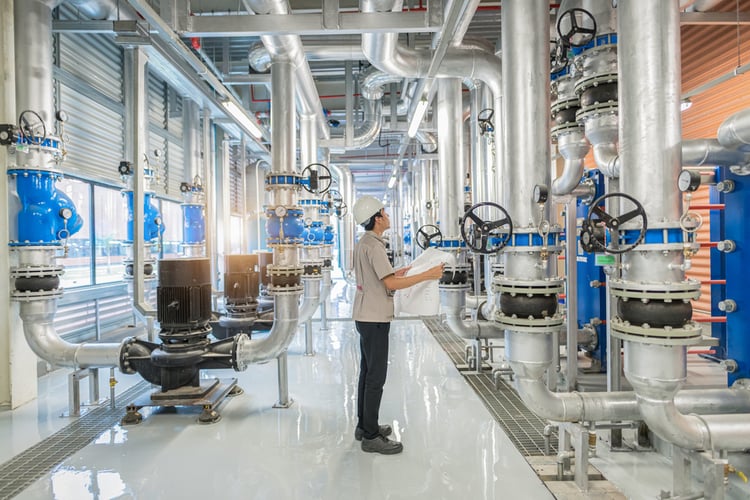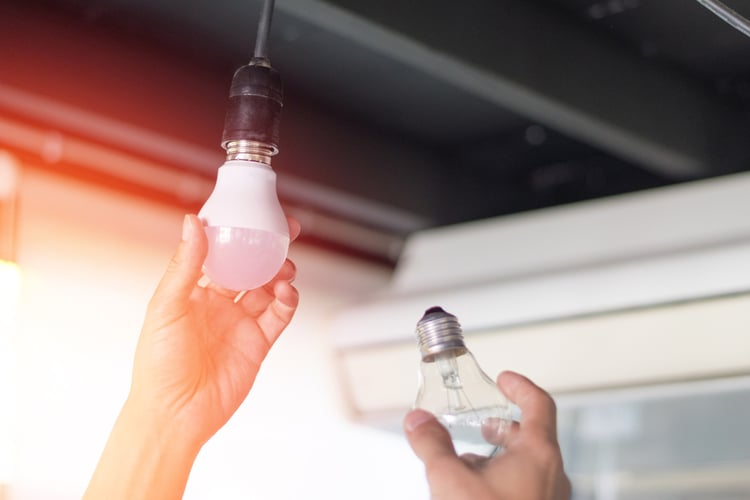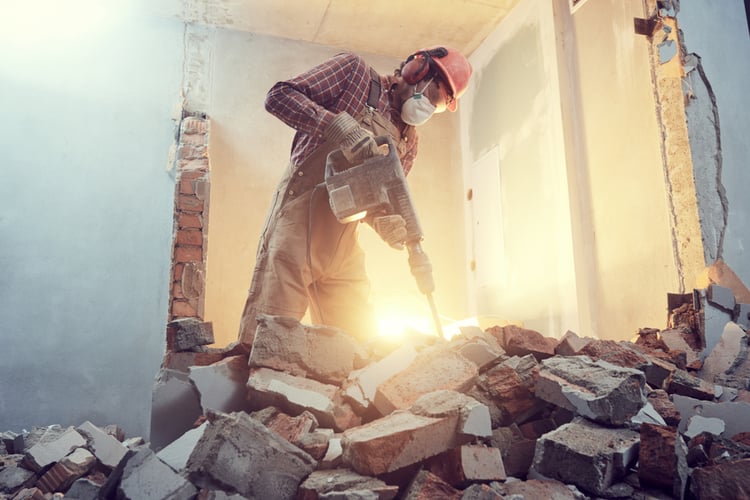Achieve Maximum Energy Savings in Your Building: 4 Steps
.png?width=1750&height=276&name=shutterstock_1642042078%20(1).png)
According to the International Energy Agency, buildings consume over 33% of the world’s energy, while releasing 40% of CO2 emissions directly or indirectly. Building owners can reduce their operating costs by saving energy, while lowering their environmental footprint. There are many ways to save energy in buildings, and the best options will vary depending on the property.
The recommended starting point is an energy audit, to identify the most promising measures. Otherwise, you could end up spending on modifications that are not useful in your building. Commissioning services are also recommended, since it may be possible to save energy with simple adjustments and minor repairs.
Get an energy audit and professional commissioning services, and reduce your power and gas bills.
An energy audit will reveal a list of measures for your building, each with a technical and financial analysis, so you can choose the optimal combination. You can also consider a deep energy retrofit, which involves a larger investment to make your building as efficient as possible.
1) Getting an Energy Audit

Each building is unique, and this means an energy efficiency measure can have very different results when used in multiple buildings. A trial-and-error approach is not effective when you want to save energy, since there are many possible measures to choose from. The best strategy is getting an energy audit first, and focusing on energy efficiency measures with a guaranteed return on investment.
During an energy audit, consulting engineers will carry out a detailed inspection of your building systems, while reviewing their technical specifications. This provides a clear picture of how your building is consuming energy, and how it compares with similar properties. Energy efficiency measures can then be proposed, and their potential savings can be simulated and analyzed with energy modeling software.
A key advantage of an energy audit is getting recommendations that are unique for your building. You may have noticed that many equipment providers mention their typical savings, but actual results can vary - only an energy audit offers the accuracy needed for investment decisions.
2) Getting Energy Commissioning Services

Building energy consumption depends on many factors, and it is often possible to improve energy efficiency by fixing minor issues. In a few words, commissioning consists of checking that all building systems operate as designed, which includes tasks like the following:
- Checking and readjusting equipment controls.
- Inspecting and calibrating sensors.
- Balancing ventilation systems.
- Balancing hydronic systems.
- Minor modifications and repairs.
The term “recommissioning” is used when the service is carried out in a building that has already been commissioned before. On the other hand, “retro-commissioning” is used when a building has never been commissioned, or not in a very long time. It is also possible to achieve ongoing commissioning with sensors and data analysis, which is referred to as monitoring-based commissioning.
The commissioning requirements for New York buildings are covered by the NYC Energy Conservation Code. The procedure is mandatory for new constructions that meet the conditions described in the code.
3) Implementing Energy Efficiency Measures

A professional energy audit will provide you with a list of energy efficiency measures for your building. This way, you can focus on the measures with the highest savings per dollar invested. As mentioned above, each building is unique and different measures will have different results. However, some measures tend to be effective in most buildings, and the following are some examples:
- Upgrading to LED lighting and adding smart controls
- Upgrading pump and fan motors, and adding variable frequency drives (VFD)
- Measures that focus on space heating and air conditioning efficiency
- Improving insulation and air-sealing the building envelope
When energy efficiency measures are selected properly, their long-term savings are much higher than their upfront cost. However, the opposite also applies, and a poor selection of measures can result in small savings and a long payback period.
4) Carrying Out a Deep Energy Retrofit

Many energy efficiency measures can be installed relatively quickly, with only minor changes to the building itself. However, greater savings are possible if you are willing to invest in a deep energy retrofit, which involves major modifications to the building and its systems.
Due to the extent of the modifications, a deep energy retrofit can be compared to a major renovation. However, it can typically achieve energy sayings of over 50%. For example, while a typical energy efficiency project may only involve air-sealing and additional insulation, a deep energy retrofit may replace the building envelope completely.
A deep energy retrofit can be expensive, but building owners can use low-interest loans to pay for the project over time with the savings achieved. For example, C-PACE loans have a term of up to 30 years, and they are repaid through property tax assessments. As of 2021, US interest rates in general are low, providing an opportunity to invest in major building upgrades.

Anuj Srivastava
Anuj Srivastava is a principal partner at NY Engineers. He is known for his MEP franchise market knowledge. Anuj is currently leading a team of 100+ MEP/FP engineers and has successfully led over 1500 franchise projects in the US.
Join 15,000+ Fellow Architects and Contractors
Get expert engineering tips straight to your inbox. Subscribe to the NY Engineers Blog below.

